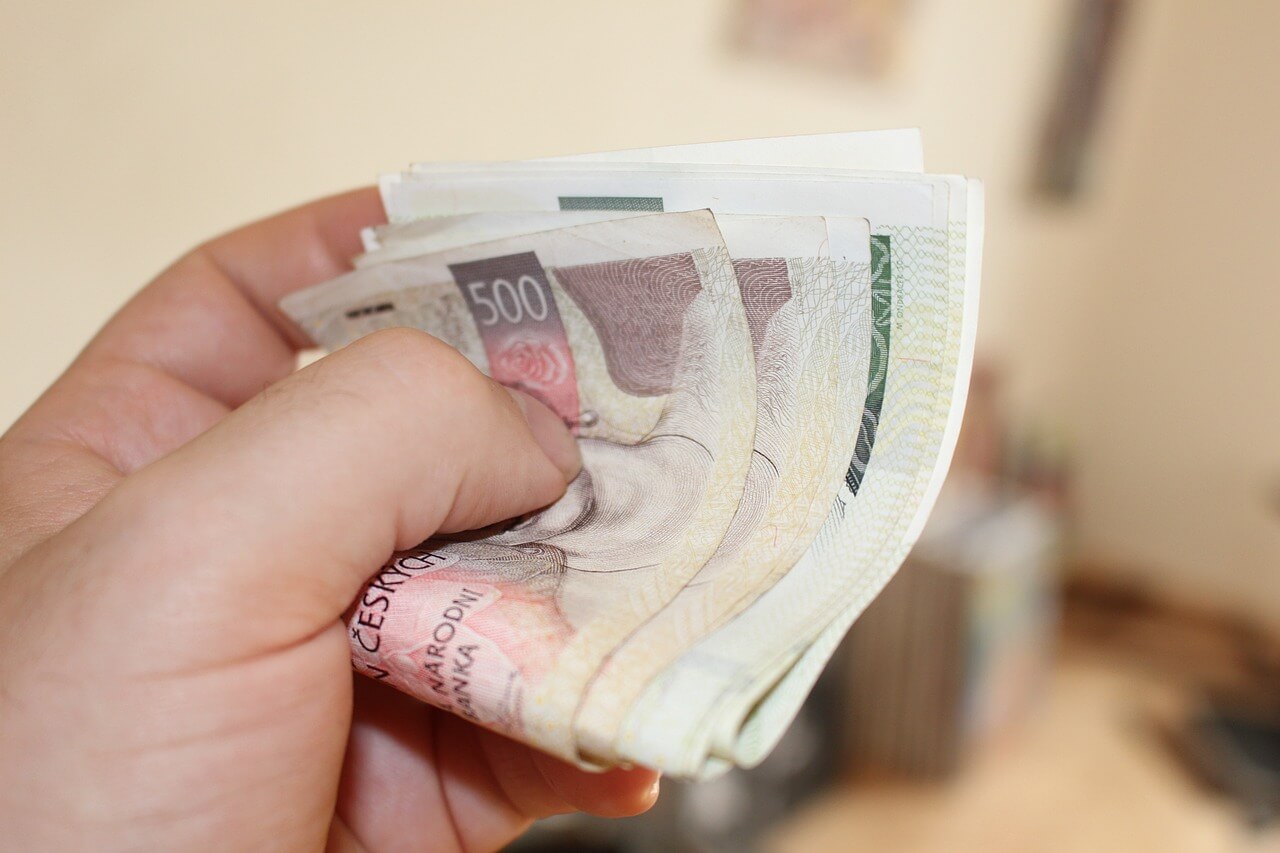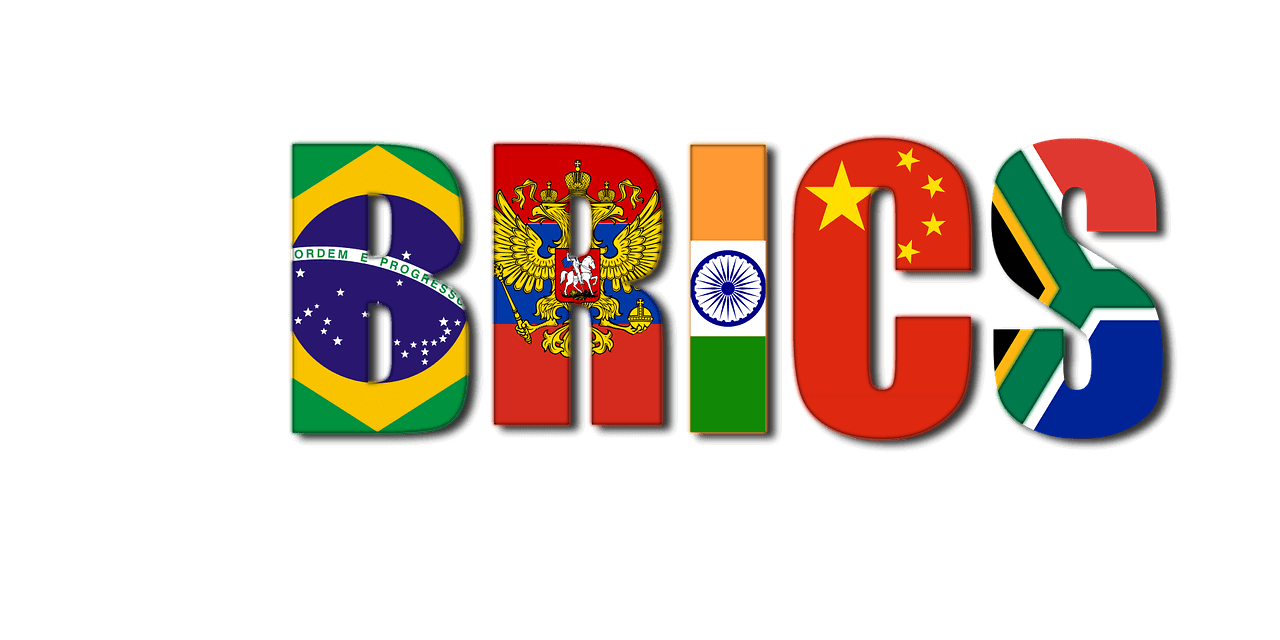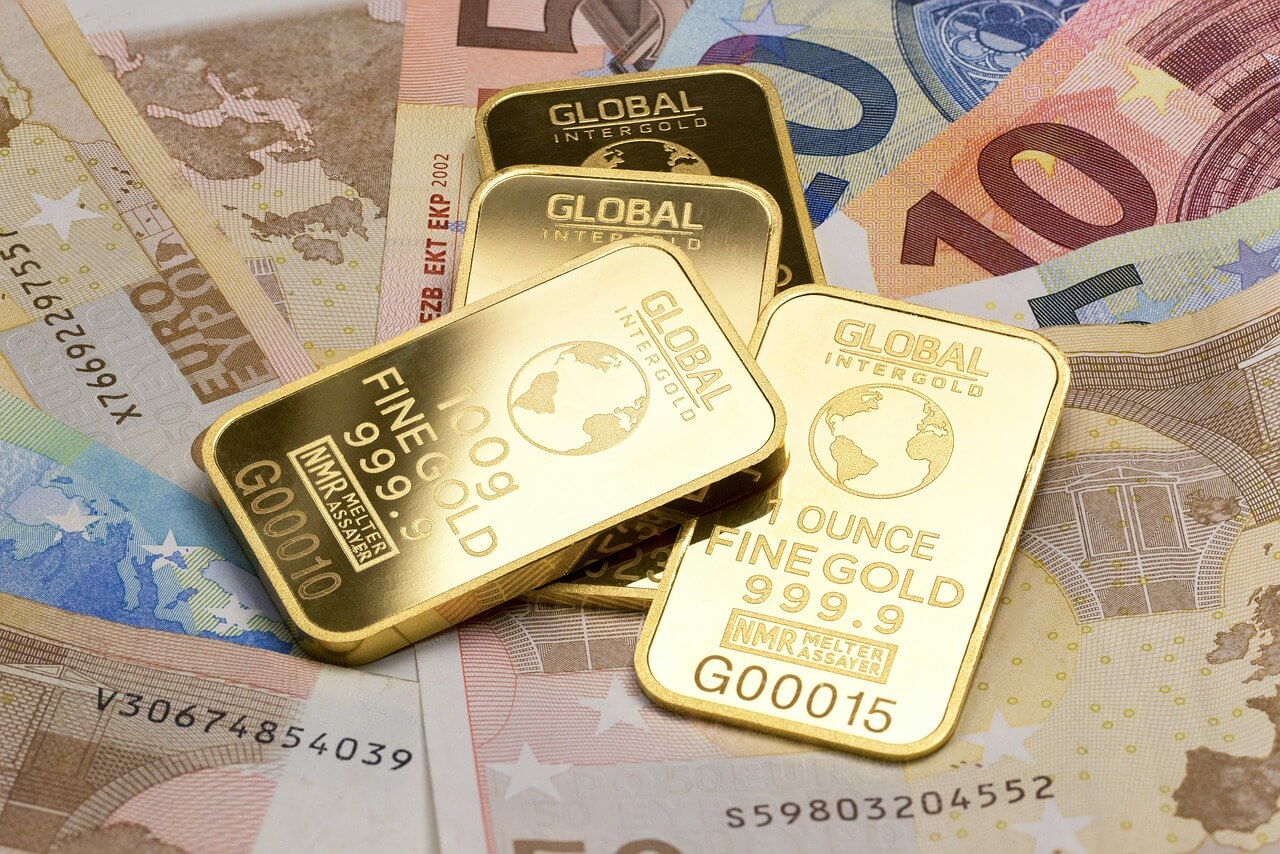Unveiling the Power of a Gold-backed Currency
A monetary system with a gold standard, often known as a gold-backed currency, maintains the value of the standard unit of currency at a fixed amount of gold. The currency can then be freely converted into a fixed quantity of gold per unit currency.
International payments are typically made using a gold-backed currency under the gold standard, which is convertible into a precious metal at a predetermined price. Exchange rates between the countries using the system are fixed, and if the exchange rate rises or falls below the fixed mint rate by more than the shipping cost of gold from one state to another, large gold outflows or inflows take place until the rates return to normal.
History of a Gold-backed Currency
The history of a gold-backed currency finds its roots in the ancient civilizations of Egypt, Greece, Rome, and China. These early societies recognized the intrinsic worth of gold due to its scarcity, durability, and beauty.
Gold was not only used for ornamental and decorative purposes but also as a medium of exchange in trade. Ancient cultures minted gold coins, providing a standardized means of conducting commerce and facilitating economic transactions.
The Evolution of Gold Coins as Currency
As civilizations progressed, gold coins became increasingly integral to their economies. The Lydians are credited with producing the first standardized gold coins in the 7th century BC. These coins were widely accepted, providing a reliable and recognizable unit of value. Across different corners of the world, from the Mediterranean to Asia, gold coins gained prominence as a form of currency.
The portability and durability of gold made it a favored medium of exchange and store of value, fostering economic growth and cross-cultural trade.
The Rise of Formal Gold Standards
The 19th century marked the formalization of the gold standard as a monetary system. The United Kingdom adopted a gold standard in 1821, pegging the pound sterling to a fixed amount of gold. This innovation laid the groundwork for other nations to adopt similar systems, resulting in the "classical gold standard era."
Under this framework, currencies were directly convertible into gold at predetermined exchange rates. This period witnessed increased international trade and stability as currencies were anchored to a tangible asset, instilling confidence in their value.
Challenges and Changes in the Interwar Period
The gold standard faced challenges during the interwar period, particularly due to the disruptions caused by World War I. Many countries temporarily abandoned convertibility to gold to address economic difficulties.
This led to increased economic instability and uncertainty, as the global financial system struggled to recover from the war's aftermath.
The Bretton Woods Agreement and its Demise
The 1944 Bretton Woods Agreement established a new global monetary system after World War II. Other significant currencies were tethered to the dollar, and the U.S. dollar was connected to gold.
This system, while aiming to stabilize global trade and finance, eventually faced strain as the U.S. experienced trade deficits and lacked sufficient gold reserves to back the increasing supply of dollars.
In 1971, President Richard Nixon announced the suspension of dollar convertibility, effectively dismantling the Bretton Woods system and marking the end of widespread gold-backed currency.

Transition to Fiat Currencies and the Legacy of Gold
In the aftermath of the Bretton Woods collapse, most countries shifted to fiat currencies, where money's value relies on the trust and authority of the issuing government. While the era of gold-backed currency largely passed, gold's enduring value as a tangible asset persisted.
Central banks and investors still consider gold an essential part of diversified portfolios, and some nations maintain gold reserves as a hedge against economic uncertainties.
Three Types of Gold Standards
The Classical Gold Standard, the Gold Exchange Standard, and the Gold Bullion Standard are the three primary varieties of gold standards that have been used historically. Each of these types had distinct characteristics and variations in how they linked their currencies to gold.
Classical Gold Standard
The Classical Gold Standard is perhaps the most well-known and widely practiced form of gold standard. It was established in the late 19th and early 20th centuries. Under this system, participating countries maintained a fixed exchange rate between their currency and a specific weight of gold.
The central bank of each country would hold gold reserves equal to the amount of currency in circulation, ensuring that the currency could be converted into gold at the fixed rate. This fixed exchange rate provided stability and predictability to international trade and finance.
An important aspect of the Classical Gold Standard was that international settlements were typically made in gold. If a country experienced a trade deficit, gold would flow out of its reserves, leading to a reduction in the money supply and deflation.
Conversely, trade surpluses would result in gold inflows, expanding the money supply and causing inflation. This automatic mechanism helped balance trade imbalances.
Gold Exchange Standard
The Classical Gold Standard had its drawbacks, especially during the interwar years. This resulted in the development of the Gold Exchange Standard. Under the Gold Exchange Standard, countries held their reserves not only in actual gold but also in foreign currencies that were themselves convertible into gold. This made it possible for nations to have reserves made up of both gold and foreign currencies.
The British pound played a major part in the Gold Exchange Standard.
The British pound played a major part in the Gold Exchange Standard.
Countries held pound sterling as a reserve currency because the British Empire maintained a large gold reserve. Instead of directly redeeming their currencies in gold, countries could settle international transactions using pound sterling, which was ultimately convertible into gold. This provided more flexibility in holding reserves and conducting international trade.
Gold Bullion Standard
The Gold Bullion Standard was a variation of the gold standard that emerged during the mid-20th century. In this system, countries held gold bullion (large gold bars) rather than gold coins as reserves.
The amount of gold bullion that determined the currency's worth was established. This variation was particularly adopted by countries that were rebuilding their economies after World War II and faced challenges in obtaining enough gold coins for their reserves.
The Gold Bullion Standard, like the other types of gold standards, aimed to provide stability to international monetary systems and encourage confidence in currencies. However, this system was relatively short-lived and was eventually replaced by the Bretton Woods Agreement, which linked currencies to the U.S. dollar.
Which Countries are on the Gold Standard?
No major economy currently uses a strict gold standard as its primary monetary system. The transition away from the gold standard began in the mid-20th century, and most countries have adopted fiat currencies, where the value of money is not directly tied to a physical commodity like gold but is instead determined by government decree and the trust of the people.
There are instances where countries or regions have used gold or gold-linked systems in various capacities:
There are instances where countries or regions have used gold or gold-linked systems in various capacities:
Partial Gold Backing or Reserves: Some central banks hold gold reserves as part of their international reserves portfolio. While these gold reserves do not necessarily back their currency at a fixed rate, they provide a form of stability and diversification in their reserve assets.
Gold-Linked Investment Vehicles: Some financial instruments and investment products are linked to the price of gold. These could include gold exchange-traded funds (ETFs), gold futures contracts, and other financial derivatives.
Proposed or Local Initiatives: There have been occasional proposals or discussions about returning to some form of gold-backed currency, but these ideas have not gained widespread traction among major economies.
Early 2023, Zimbabwe released a digital currency backed by gold for peer-to-business and peer-to-peer transactions and to serve as a store of value amid its currency’s continued loss of value against major currencies.
This came a year after the nation launched gold coins in a bid to stabilize its rapidly diminishing currency.
Economists are not entirely convinced by the predictions for the country’s e-currency, believing that it will not solve its currency woes.

Will BRICS Countries be the Next to use a Gold Standard?
There is strong speculation that a potential BRICS currency will be gold-backed. Although no country or region currently uses a gold standard, BRICS might be the next and most likely to adopt this system. Although representatives from the founding countries have remained coy about it, the Russian Embassy in Nairobi declared that the BRICS countries will be introducing a new trading currency that is backed by gold.
Any claims coming from BRICS sources invite skepticism, but independent experts expect BRICS to push on their quest to de-dollarization and for the gold to play an important role.
‘De-dollarization’ is currently trending, and the Federal Reserve noted that a percentage of foreign reserves have been gradually declining over the last few years.
The fact that the gold is seriously being considered by BRICS countries as a standard for international trade should incentivize individual investors and central banks to accumulate as much precious metals as possible, as recommended by many experts. If the role of gold as a global alternative trading currency increases, then its price will likely increase too.
Conclusion
A currency backed by a specified quantity of gold will have its value stabilized by the market value of gold. This works under the gold standard system where gold coins and paper notes backed by gold, or which can be convertible into gold and are used as currency for internal and external trade. While only Zimbabwe has introduced an e-currency backed by gold so far, eyes will be focused on BRICS’ future agenda.

